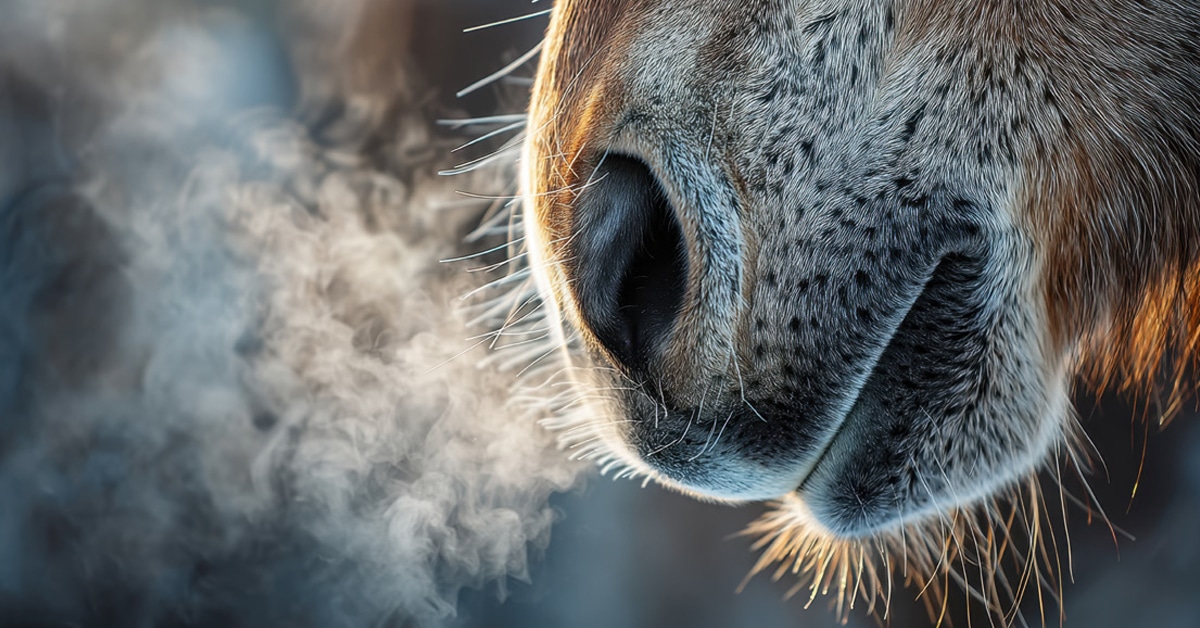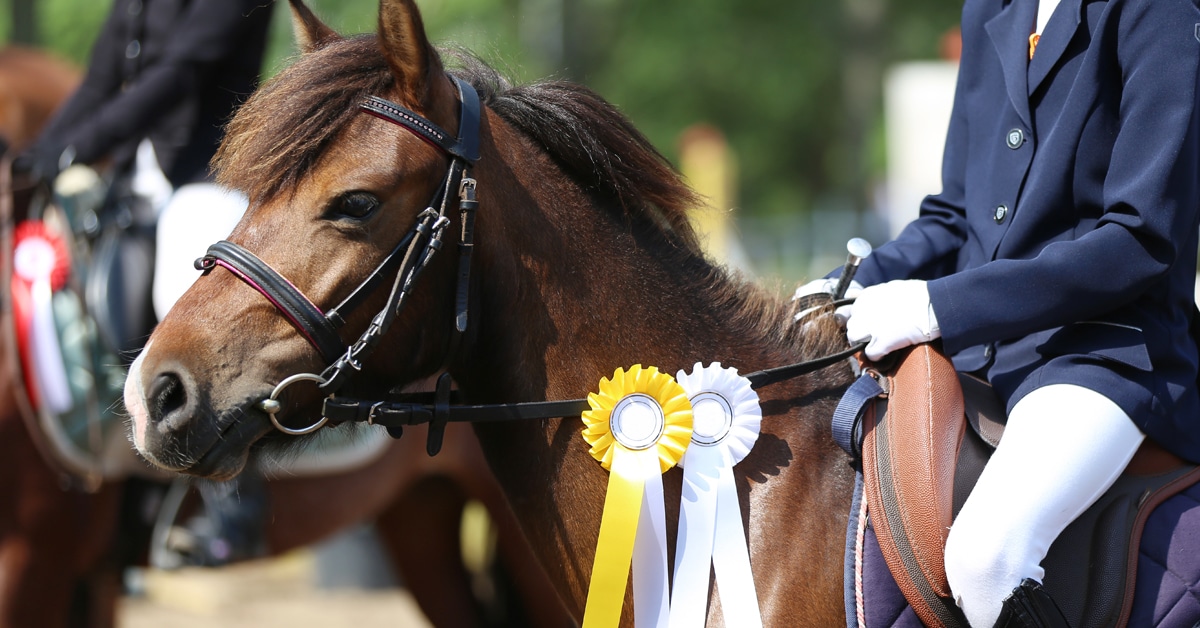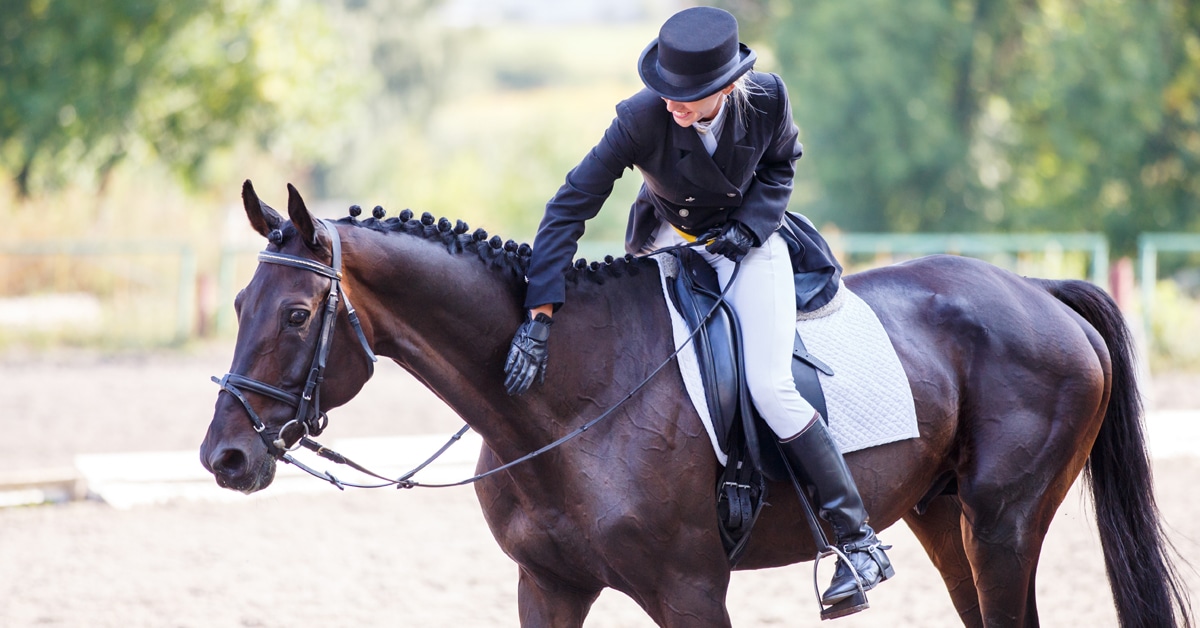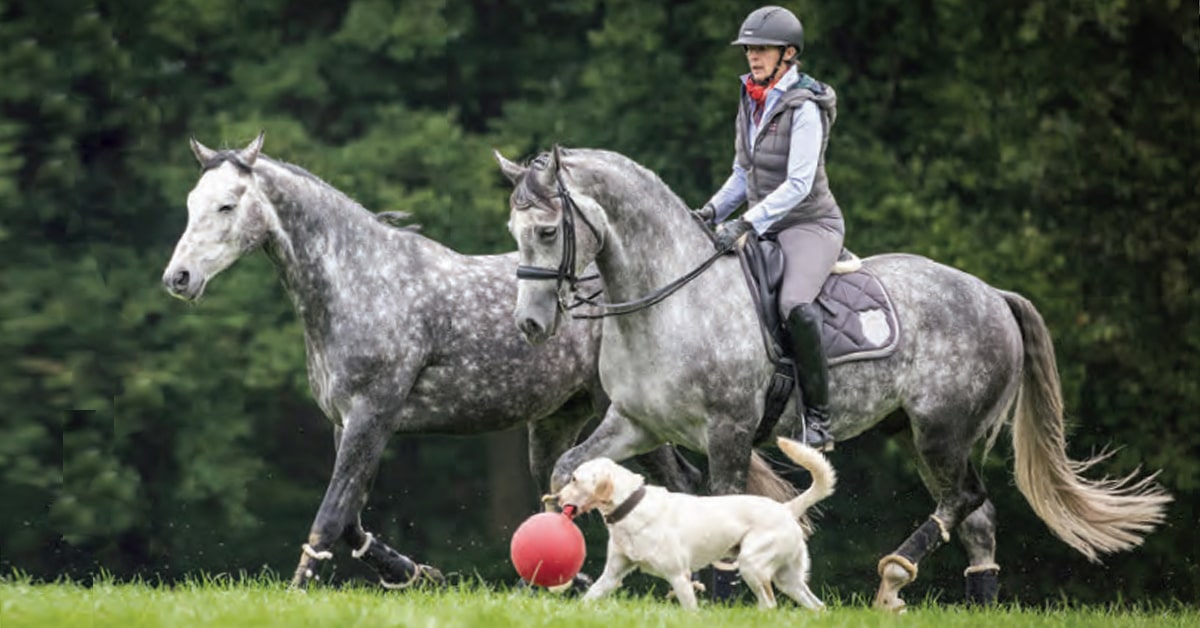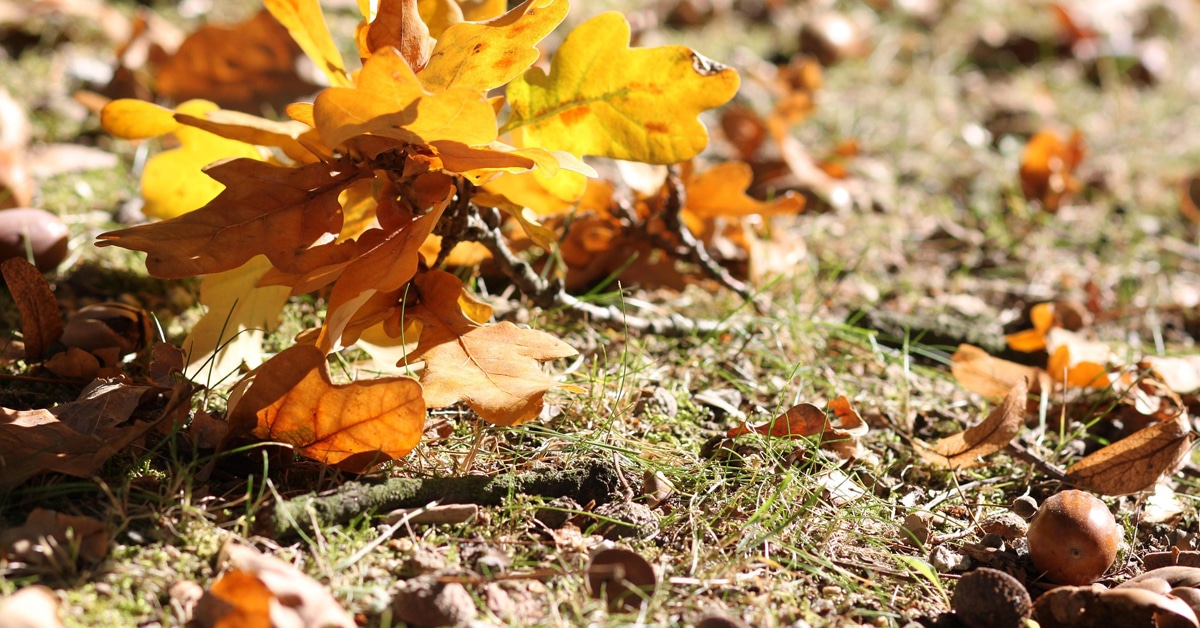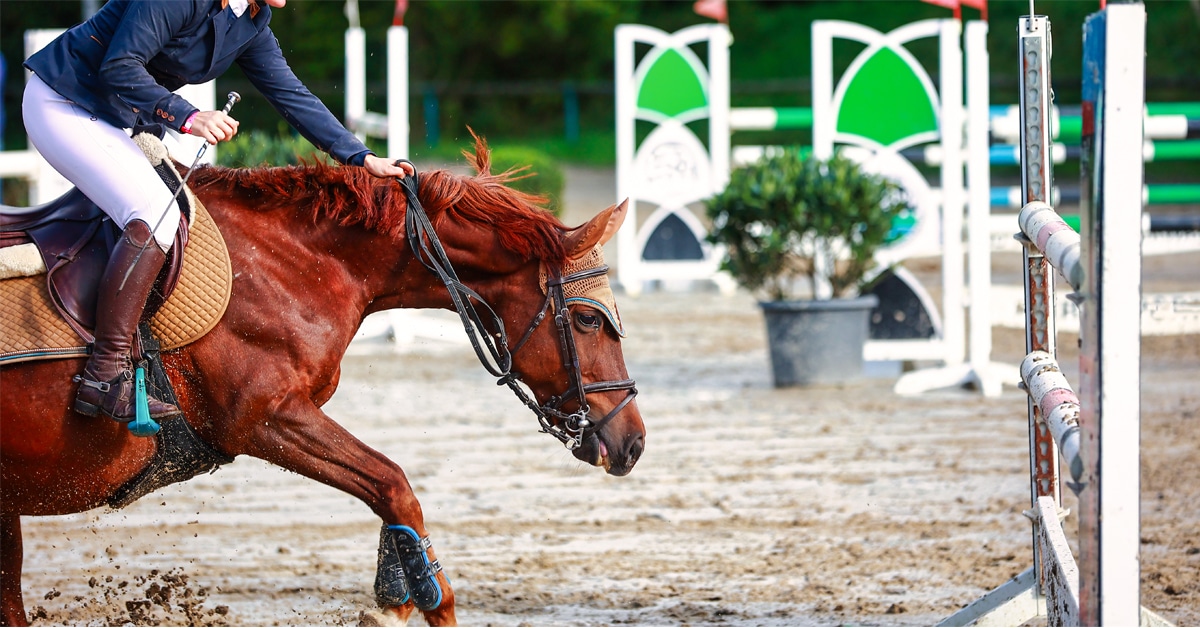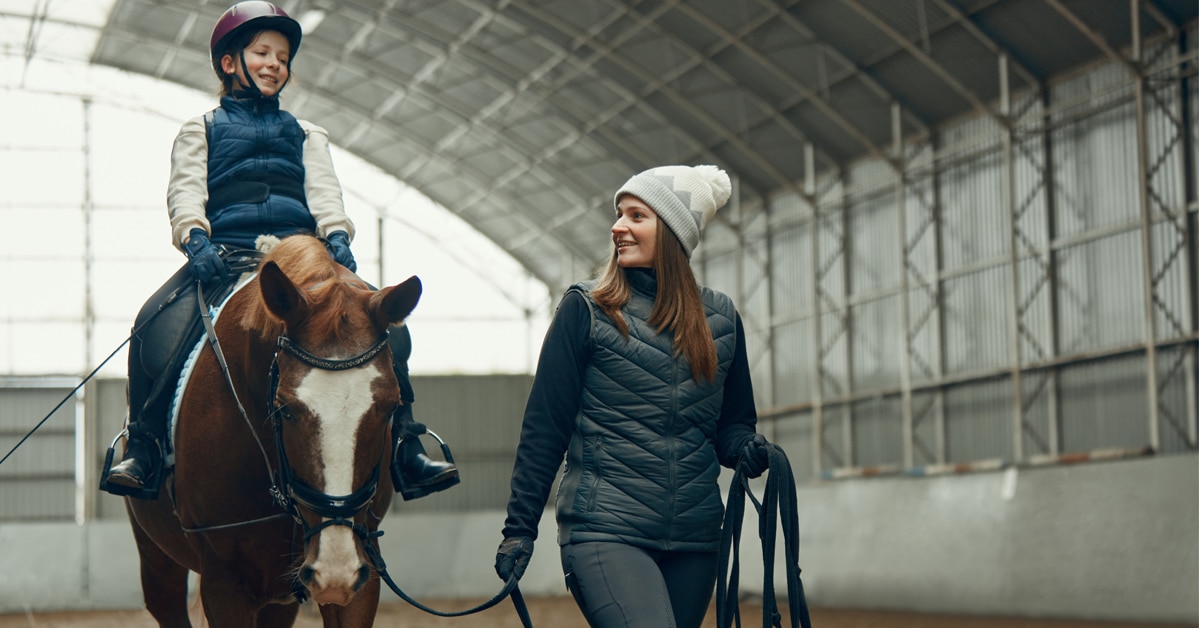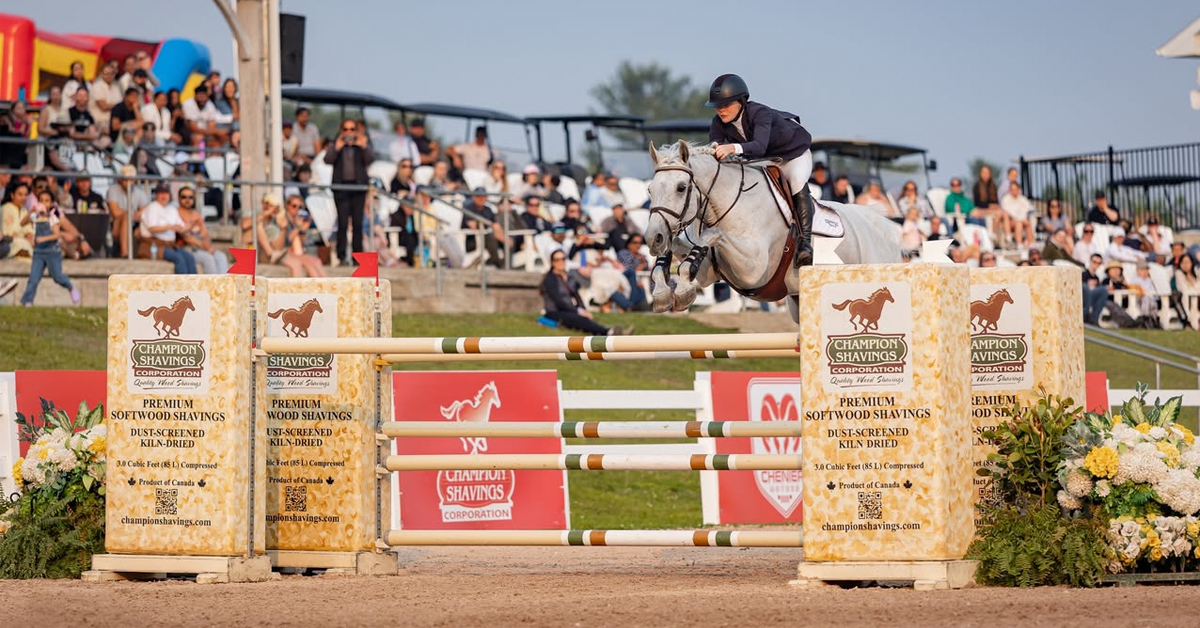The birth of modern equestrian sport in the 1870s saw the advent of tournaments in which high jump and long jump were featured events. The first National Horse Show took place in Madison Square Garden, New York, in 1883, and by the turn of the century, tournaments were being held regularly, especially throughout the major European cities. One of the fathers of showjumping, Lieutenant Federico Caprilli, an Italian cavalry officer, became well-known for his progressive style – a light, forward seat that other competitors eventually adopted. Around 1900 in Spa Francorchamps, Belgium, new ideas and initiatives included obstacles such as the triple bar, a ridden water, the open ditch (Trakehner), and the Irish bank. An analysis of course design during the early part of the last century saw simple lines with many obstacles borrowed from countryside features.
Tracks for the more important jumping classes were long, some having more than 20 jumps, and changes of rein were minimal. In fact, Arno Gego, for many years the resident course designer at Aachen, said that the 1925 Aachen Grand Prix included no change of rein, despite a ‘bold loop’ in the second half of the course. Also, “In 1937, the CHIO Aachen had 39 judges and other members of the ground jury (predominantly aristocracy and military), and there was only one man (retired equerry Wilhelm Morgen) responsible for the obstacles.” Gego remarked that, at that time, course design was not a traditional responsibility in equestrian sport and that it was referred to simply as obstacle building – a manual task.
Several key people were instrumental in progressing course design in the early 1950s: General Lombardi of Italy, who won the Aachen Grand Prix in 1930, Colonel Brinckmann from Germany, Dr. Bertelan de Némethy from the United States, Frenchman Colonel Hamon, Colonel Anselm from Great Britain (all former members of prestigious military riding schools), and the lone horsewoman, Pamela Carruthers, also from Great Britain.
Today, course designing has evolved beyond recognition – in the same way that sport horse breeding has become discipline-specific at the highest levels in order to successfully negotiate modern courses that pose more technical questions. The ‘chicken and egg’ theory spurs the debate as to whether course designing prompted the breeding revolution, or sport horse breeding pushed the boundaries of course design!
Dave Ballard: Learning From The Best
Dave Ballard is one of Canada’s three FEI-accredited level four course designers and also a technical delegate, alongside Michel Vaillancourt and Robert Jolicoeur. He has been a course designer for most of his adult life, representing Canada in international events for many years, including as an assistant at the Atlanta 1996 and Sydney 2000 Olympic Games. “My inspiration to become a course designer came from watching Christine Jones Tauber at Sam Son Farms many years ago,” says Ballard. “My mentor was Pamela Carruthers, and my humble knowledge comes from working with Jon Doney, Linda Allen, Allan Ball, Richard Jeffery, Olaf Petersen Sr., Arno Gego, Steve Stephens, Michel Vaillancourt … and there are a few others, I am sure.”
During the 1980s, Ballard chaired the Jump Canada Officials Course Design Committee, responsible for reviewing and approving the national applications for course designers, and providing clinics to new as well as experienced professionals. “There are many new course designers out there today. Good course design is paramount in our sport, and the job is not easy.”
Being recognized at the highest level is only earned after serving a long apprenticeship that combines the qualities of many professions – architect, gardener, exterior designer, mathematician, artist – and demands an eye for detail that ultimately translates into safety and welfare for both horses and riders. For those who can ‘stay the course,’ it’s a journey from low-budget hunter and amateur classes in muddy fields at local shows to the glorious international arenas that host the most prestigious tournaments, with budgets that offer virtually limitless horizons in terms of course designing creativity.
Regarding the symbiotic relationship between breeding and designing, Ballard says, “The evolution in breeding has given the sport a better horse. Because the average horse is more capable today, the job of the course designer has become more difficult. I believe that some rules need to be changed or amended to reflect the increased abilities of the modern sport horse and to reflect the modern rider, who is also much better trained than in the past.
“In a two-star, for instance, course designers are limited by the size of the jumps, but are also under an obligation to provide good competition, so too many or too few clean does not represent good visual sport, and the sport must be good for both the riders and the spectators.” Ballard suggested that the use of shallower cups would provide an additional test to the height and width of the fences – “15mm would be a good size, down from the 18mm” – emphasizing that they should be clearly colour-coded to alert riders and trainers. The shallower cups would promote a natural-selection process, encouraging the more careful horses and most course-savvy riders to make the necessary adjustments, as well as achieve a course designer’s desired number of clear rounds.
In terms of the course designing process, Ballard might consider himself a bit of a a dinosaur. “I don’t use a computer to prepare my courses and probably stand alone in that respect in the world of course design today. It has always been important for me to view the ring in person and I always made it a point to arrive at a new venue a day or two in advance and sit in the stands and start my paperwork while actually seeing the ring. If I have built in a ring before, then the need to see it in real time is less of a concern.
“The most important factor is the footing. Large ring, small ring, indoor or outdoor, footing is the first consideration. As a visiting course designer you have to deal with what you are given; footing, jump material, and ring size are all factors that you have to accept. End of story. You do the best you can with what you are given.”
Another key element in the creative process is knowing the players and their horses. “All course designers should have an idea of the competitors in any given class. This knowledge can come from already being familiar with a specific group, but if this is not the case then I will consult with someone who does have this knowledge.”
Avoiding repetition can be a challenge. “I have a file of many of the important courses that I have created, but only once did I repeat a course, and I did that as an experiment. I created a course used in eastern Canada on the west coast of the USA six months apart and in similar rings and got the same results – and they were good results. I was uncomfortable in the process, however, and never did it again. It is possible that doing courses in a small indoor can result in creating courses that appear to be a repeat, but using the same ring many times over several years, it is bound to happen.”
Ballard advocates that, alongside knowledge and experience, the most important tool for a course designer is his or her imagination: “If a course designer has these three foundations, he or she may become a successful course designer. But there are no guarantees.”
Meghan Rawlins: A Labour of Love
Unlike European-based course designers who are surrounded by tournaments year-round offering opportunities for knowledge, expertise, and mentorship, Canadians are limited by climate, geography, and a small resident base of professionals. One of Canada’s most talented up-and-coming course designers, currently one of eight at FEI level two, is Meghan Rawlins, based on the west coast, who has done her fair share of hauling rails in all weather in the process of mastering her art.
As a life-long rider, Rawlins certainly grew up with the credentials to pursue course designing, but it was only in 2000, when Peter Holmes – a BC-based level three FEI course designer – opened the door. “I did a lot of course designing at home for my students,” says Rawlins. “One day Peter said, ‘you’re good at this’ and that I should consider combining my work as an instructor with course designing professionally.”
As a single working mother running her own stable in Victoria, BC, with two young boys at home, Rawlins might have been forgiven for believing this could tip the balance of an already hectic lifestyle. But she embraced the idea, becoming certified by 2002 and deciding to continue her education and work towards an FEI goal. “It was around 2004 when I definitely decided I had to move forward, so I ordered all the programs I could from Germany.” Historically, Aachen has always employed the showjumping’s most influential course designers; the Aachen School of Equestrian Art and Design is now partnered with numerous universities and academies worldwide to further professional course design on a global scale.
With books in hand and Holmes as her first mentor, Rawlins started assisting course designers at Spruce Meadows and Thunderbird. “At that time, someone I worked with quite regularly and hold in high esteem was Anthony d’Ambrosio [USA]. I also had the privilege of working with Leopoldo [Palacios].”
Rawlins admits that becoming a course designer in Canada isn’t an easy path. “It’s much more complicated in Canada in terms of access to education. In Europe, being a student of course design exposes you to so many other designers from different countries. When I was starting out, with two boys at home, my travel was very limited to more local shows.
“I used to watch all the best course designers: Anthony [d’Ambrosio], Bernardo Costa [POR]; I follow Linda Allen like crazy and studied a lot of her courses at the beginning of my career. I’ve been fortunate to have done some clinics with her that I’ve also helped organize. I follow Marina Alvarez [POR], who does a really great job, and I’ve worked with her a few times.”
Rawlins shares some similarities to Ballard in terms of the creative process. “For me, I always start with ring templates to understand the footing and the level of competition, also with a rough idea of the number of competitors. When I’m planning courses I always look at the riders and the horses they’re bringing so I already know what they’ve done in the past, and that allows me to set an appropriate test.
“An organizer might provide input regarding specific jumps. For example, a Nations’ Cup over two identical rounds on grass footing shouldn’t include too many turns, so the ground consistently looks good on TV. Sponsor fences also have to be sited in certain places in an arena, and the Longines fence [FEI Nations’ Cup sponsor] always has to be the triple combination, and placed where it is good for the course, but also very visible for TV.”
Rawlins adds, “We always place fences for TV in areas that accentuate spectator enjoyment and take into account the positioning of broadcast cameras.” With regard to technicality, Rawlins explains, “The use of different materials plays a big part. Obviously, we have to keep to FEI specs in terms of rail diameter, but we’ll always use a lighter pole as a top rail – which is marked so that a jump crew knows how to rebuild a fence so it’s the same for everyone. This doesn’t change the attractive aesthetics of a fence, but it does demand more careful riding.”
Having added ‘sport horse breeder’ to her repertoire in recent years, Rawlins concurred with Ballard about the evolution of breeding and course design. “The way sport horses have evolved has allowed courses to become more technical and the materials much lighter compared to only 10 years ago. Just recently I was watching a round with John Whitaker riding Milton in London, and when you look at the types of jumps, they were so solid – two planks and four rails, whereas now you’d see the same fence with only three rails. Horses are now more scopey and careful – a lighter, more-modern type.”
Course Design: An Expensive Path
With no funding available for assistant course designers through any equestrian federations – local, national or international – Rawlins admits that financing herself through the various levels has been very costly. “Having no financial assistance is a huge turn-off, because it’s expensive to travel, especially if you’re paying for flights and hotel rooms. I believe some of the European shows are more helpful. Spruce Meadows and Thunderbird are the only horse shows in Canada that pay their assistants’ flight, hotel room, and a day rate. They are very supportive and I don’t know any other venue in North America that does that.”
Rawlins’ FEI level two certification has allowed her to do a lot of hunter course designing in the US and her name is becoming well-known for setting tracks for medal finals. As she says, “It’s not FEI, but it helps educationally, plus going to horse shows exposes me to the work of other FEI-level course designers. I try to do at least one show a year as an assistant, whether it’s on my own dollar or someone else’s, because it’s an opportunity to focus on learning.
“Last year I was fortunate to assist Tom Holden and Alan Wade at the Dublin Nations’ Cup show in Ireland. I had to pay for the flight and hotel, but the show gave us food and were fantastically encouraging, covering lots of other expenses. So far, it’s the only place I’ve worked in Europe – which is my focus for 2018.”
For Rawlins, working her way through the course designing ranks has been a labour of love. Asked what advice she would offer to youngsters who might have similar ambitions, she says, “Invest in going to as many shows as possible to assist course designers in different parts of the world. We are required to do a clinic every five years – a one-day jumper clinic to renew our license. I think we would get more out of going to a horse show for a week and assisting a higher-level course designer. You learn so much from being on the job, rather than drawing a course on paper. You have to know, is it rideable, is it working?”
To coin a phrase uttered by Steve Jobs, “Design is a funny word. Some people think design means how it looks. But of course, if you dig deeper, it’s really how it works!”
The Latest
